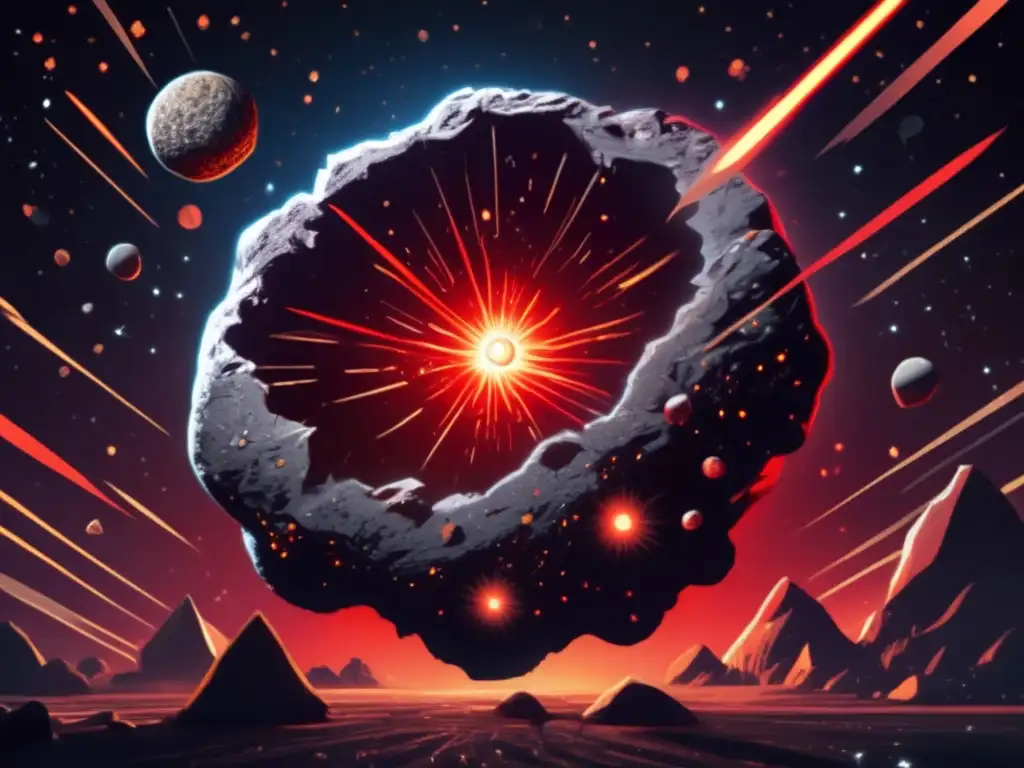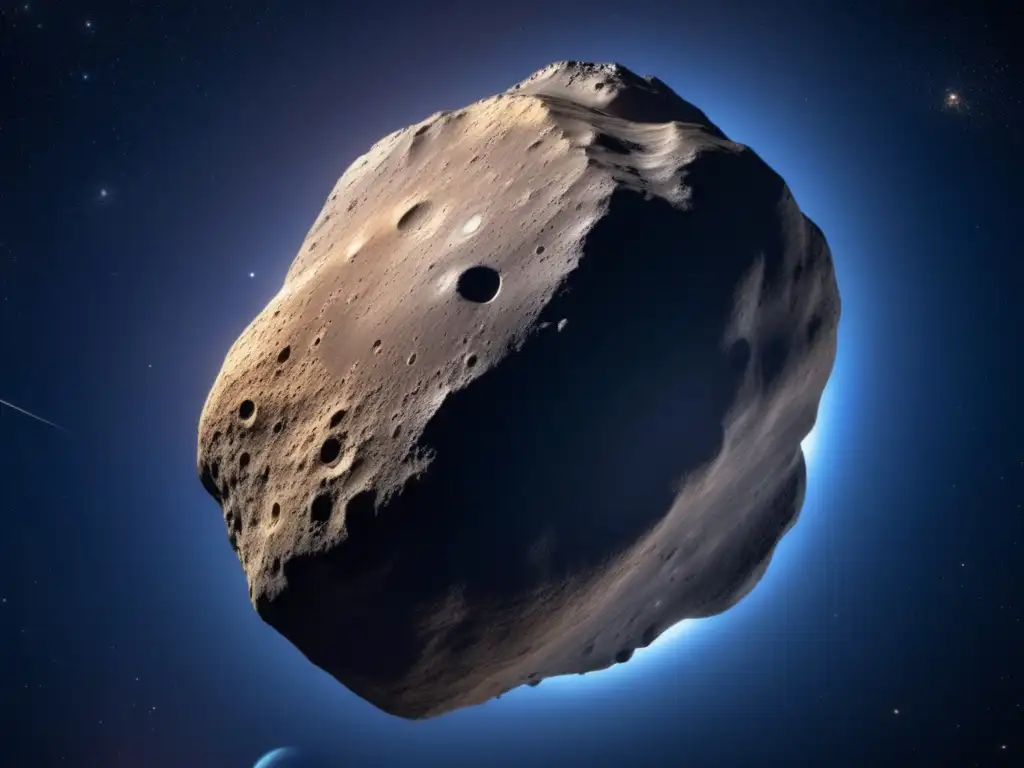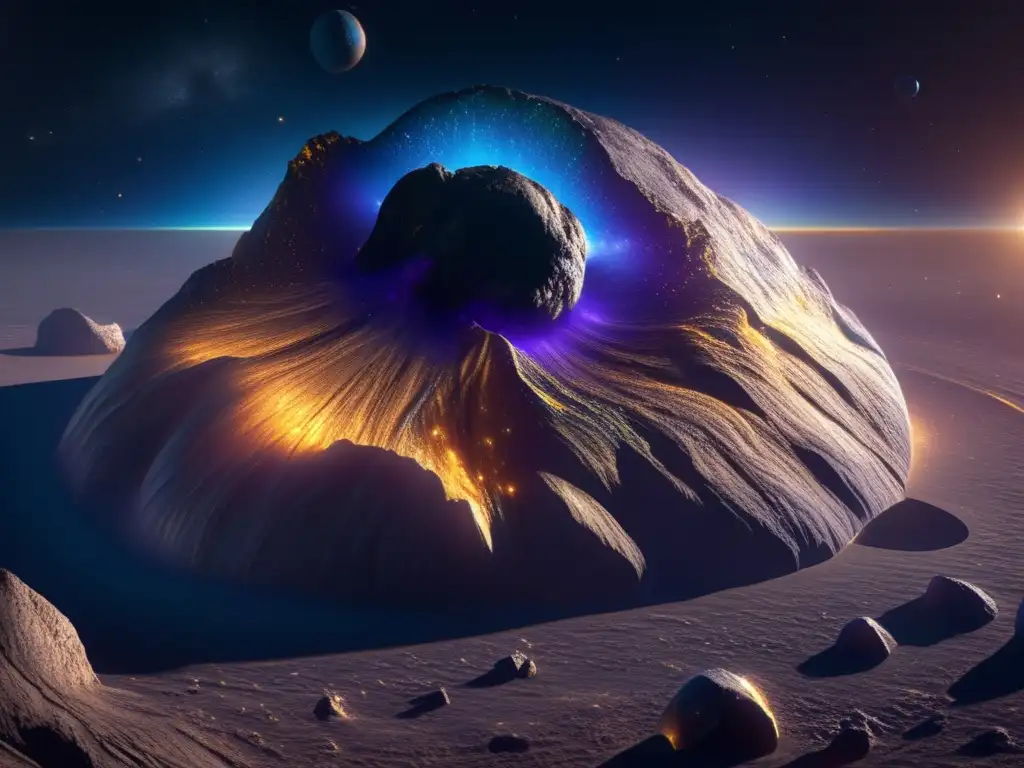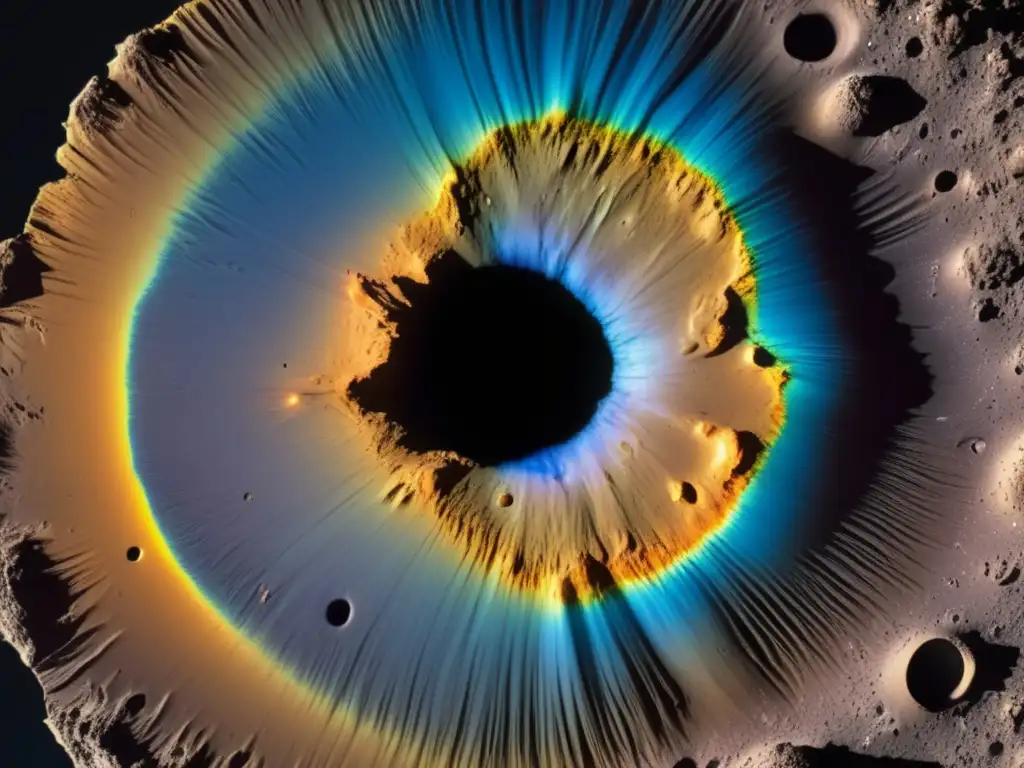Discovering The Characteristics Of Asteroid Iris

Introduction
Asteroids, also known as minor planets, are celestial objects that orbit the Sun within the asteroid belt, a region located between the orbits of Mars and Jupiter. These intriguing bodies have fascinated scientists and astronomers for centuries due to their unique characteristics and potential impact on our understanding of the universe. In this article, we will delve into the profile of a specific asteroid known as Iris, exploring its mythology, history, and cultural significance.
The Mythology surrounding Asteroid Iris

The Goddess of the Rainbow
In Greek mythology, Iris was the goddess of the rainbow, serving as the messenger of the gods. She would travel from Mount Olympus to Earth, delivering messages and appearing as a colorful arc in the sky. This celestial phenomenon, often associated with rainbows, is named after the goddess Iris.
Symbolism and Cultural Significance
Iris has long been regarded as a symbol of communication, bridging the gap between the divine and mortal realms. The colors of the rainbow, mirrored in Iris' name, represent the diversity and interconnectedness of human experience. This symbolism has found its way into various cultural and artistic expressions, emphasizing the importance of harmony and unity.
Historical Observations
Asteroid Iris was first discovered by John Russell Hind, an English astronomer, on August 13, 1847. Its discovery marked an important milestone in understanding the composition and orbital dynamics of asteroids within the asteroid belt. Over the years, further observations have provided valuable insights into Iris' characteristics and behavior.
Iris' Physical Characteristics

Size and Shape
Asteroid Iris measures approximately 200 kilometers in diameter, making it one of the larger asteroids within the belt. Its shape is irregular, resembling a rocky mass with uneven terrain. Scientists have also noted variations in its surface composition, indicating possible geological activity and impact history.
Orbital Parameters
Iris follows an elliptical orbit around the Sun, taking roughly 4.6 Earth years to complete a full revolution. Its average distance from the Sun is about 2.4 astronomical units (AU), with perihelion at 1.83 AU and aphelion at 2.97 AU. These orbital parameters contribute to its unique dynamics and interactions within the asteroid belt.
Composition and Spectral Analysis
Using spectroscopic techniques, scientists have determined that Iris has a diverse composition, primarily comprising silicate minerals and traces of other elements such as iron and nickel. This composition suggests a rocky origin, possibly originating from the debris of early planetary formation or later collisional events.
The Influence of Asteroid Iris

Scientific Research and Exploration
Asteroids like Iris provide crucial insights into the formation and evolution of the solar system. By studying their composition, structure, and orbital dynamics, scientists can gain a deeper understanding of the processes that shaped our cosmic neighborhood. Missions such as NASA's Dawn spacecraft have contributed significantly to our knowledge of asteroids.
Potential for Future Resource Utilization
As space exploration and colonization become more viable, asteroids like Iris could play a significant role in resource utilization. Their mineral-rich composition holds the potential for extraction and utilization of valuable resources such as water, metals, and rare elements, which could support future human endeavors in space.
Inspiration for Art and Literature
Asteroids have captured the imagination of artists and writers, inspiring various works of fiction and creative expression. The symbolism associated with Iris, as the goddess of communication and rainbows, has been incorporated into novels, paintings, and even musical compositions.
Frequently Asked Questions

-
What is the origin of the name "Iris" for this asteroid?
The asteroid Iris is named after the Greek goddess of the rainbow due to its association with colorful spectrums and diversity.
-
Are there any upcoming missions planned to study Asteroid Iris in detail?
At present, no specific missions have been planned solely for the purpose of studying Asteroid Iris. However, ongoing and future missions, such as NASA's Lucy mission, may provide further insights into this and other asteroids within the belt.
-
What are the potential risks associated with asteroids like Iris colliding with Earth?
The risk of an asteroid collision with Earth depends on various factors, including its size, composition, and trajectory. While the probability of a significant impact from Iris is currently low, continued monitoring and research of near-Earth asteroids are essential for early detection and potential mitigation strategies.
-
Can asteroids like Iris be used as a future source of mining resources?
Asteroids like Iris hold the potential for resource utilization in the future. Their mineral-rich composition, including metals and water, could support human exploration and sustain space-based industries.
-
How do scientists determine the composition and structure of asteroids like Iris?
Scientists employ various techniques, including spectroscopy, radar imaging, and remote sensing, to study the composition and structure of asteroids. These methods allow for the identification of different minerals and the analysis of surface features.
Conclusion
The profile of Asteroid Iris offers a fascinating glimpse into the vast diversity and significance of asteroids within the solar system. From its mythological origins to its physical characteristics and potential implications for space exploration, Iris continues to captivate scientists and enthusiasts alike. As our understanding of asteroids expands, so too does our appreciation for the wonders that lie beyond our planet. Let us continue exploring and learning, inspired by the celestial beauty and mysteries of asteroids like Iris.
We invite you to share your thoughts and insights in the comments section below. Connect with www.asteroidrealm.com for more engaging content on asteroids, subscribe to our newsletter, and follow us on social media to stay updated with the latest discoveries and developments. Thank you for joining us on this journey of cosmic exploration.
Additional Resources

To explore more about asteroids and their significance, check out the following resources:
- NASA - Asteroids
- Space.com - Asteroids and Comets
- NASA Solar System Exploration - Asteroids Overview
 The Unusual Features Of Asteroid Medea
The Unusual Features Of Asteroid Medea A Journey To Asteroid Harmonia
A Journey To Asteroid Harmonia What Makes Asteroid Flora Unique?
What Makes Asteroid Flora Unique?If you want to discover more articles similar to Discovering The Characteristics Of Asteroid Iris, you can visit the Asteroid Profiles category.
Leave a Reply

Articulos relacionados: